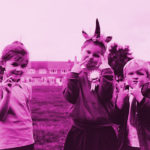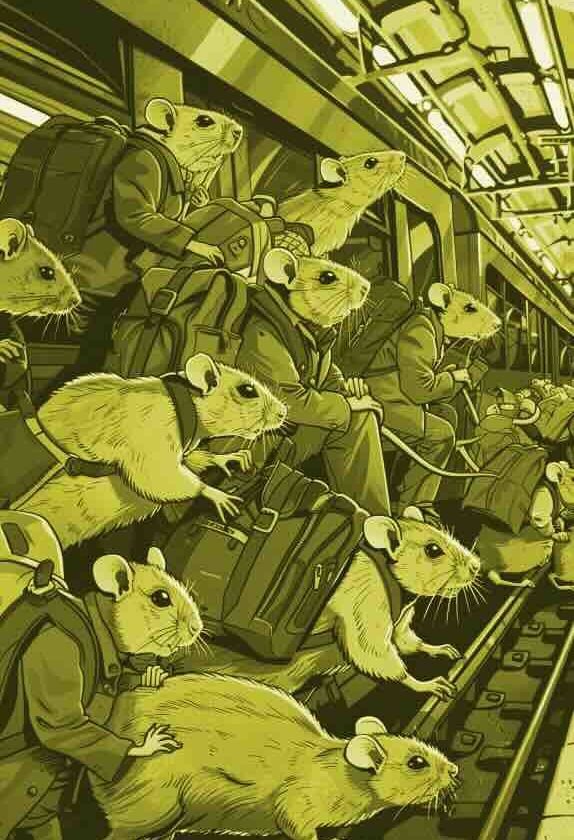The habit of criticizing people is widespread. It is normal to see what could be improved in the character or choices of the people around us. However, this tendency creates a dynamic of negativity. How can we make someone progress if our eye only scans or highlights the least attractive elements of a person?
Our pride works like this: it will tend to seek to please those who enhance us and reject those who demean us. This is a kind of cognitive bias that can actually be used to create positive change. Rather than highlighting the negative, it is usually better to emphasize a person’s qualities. This will initiate a desire to reinforce those same qualities in that individual while creating an emotional bond based on the desire not to disappoint.
Human relationships, beyond blood ties, are most often based on mutual esteem. When you appreciate someone, you confer and reinforce in a more or less explicit way the esteem that he has of himself.
This relationship is somewhat alienating since it deprives the individual of his total freedom of action and decision. Indeed, a “bad” decision can destroy the bonds forged over time. Thus, friendship relationships can be based on a single thread. However, no relationship is truly free of this alienation. Whether you are an employee or a family member, your behavior is conditioned by expectations that are based on both social norms and a set of values from which they emanate.
Life in society does not allow for complete freedom. By definition, the laws of society are opposed to those of nature. A certain dispossession of our freedoms from life in the state of nature is the price to pay for this incorporation into social life.
Beauty as a school of morals
The capacity to see beauty everywhere is the sign of the nobility of the heart. There is an intimate link between aesthetics and harmony, itself an essential component of virtue. Where disorder and chaos reign, virtue is absent.
The child has a natural propensity for gentleness and harmony. Its qualities of the heart have been preserved from the tumult of adolescence and adult life. Reconnecting with a certain nobility involves reconnecting with the child we once were. The child is a being registered in a process of culturation. Indeed, we can say that a baby is born without culture and it is his education that constitutes his first cultural acquisition. The relative innocence that he shows is corrupted by this process. In itself, culture is an element of dispossession of its natural qualities. This idea has been the common thread of naturalist thinkers such as Rousseau who assert the pre-existence of virtue in man before his integration into society.
Finally, the arts try to teach us what we have unlearned through culture, which is a paradox given that art is a central element of culture. The ability to marvel at nothing is perhaps the best characteristic of a child.
Once this innocence is lost, the individual starts looking for something he had already known. By all sorts of artifices, the adult man tries to recreate the level of wonder that he had known in his young childhood. Thus, to educate our eye, we must unlearn certain things and enter into a second process, that of acculturation.
The acculturation necessary in our adult life
Since the adult man is unhappy to have lost his innocence, fruit of the culture, if he wants to find this spontaneous joy which characterizes the children, he will have to voluntarily replace certain elements which he assimilated by others which belong more to the world of the childhood.
The criteria of the “child’s culture
It is a bit misleading to speak of “child culture” since culture does not exist by definition in the young child. Nevertheless, we can define principles that belong to a certain child culture. Here they are, the list is by no means exhaustive.
The absence of judgment
In order to judge, one needs a frame of reference. The young child being “without culture”, he looks at the world in an indiscriminate way. His eyes rest on people without associating bitterness, resentment or hatred. Not to judge is to begin to love. The child is loving because he ignores evil. To reconnect with the child we were, we must make the effort to look without judging, which implies ignoring certain things.
The absence of desire
The child likes to play and eat, which implies desires. However, except for desires related to rather basic needs, he does not desire excessively as adults do. The desire comes from dissatisfaction. The adult is subjected to a whole lot of desires because his life is organized around life in society which generates frustration and dissatisfaction. The young child is preserved from this state because his main referential is the home where he grows up. To “think” more like a child, it is necessary to cultivate a contentment, a satisfaction. This implies a simple life oriented around accessible and childlike joys, i.e. those related to playfulness.
Reconnecting with playfulness: not acting out of interest but appreciating an activity for what it is
What can characterize an adult is often his or her inability to play and enjoy the world of playfulness without any associated gains. To play is not to take oneself seriously and to accept to lose. As adults, we are more interested in making money than in doing anything else. Playing teaches us the importance of not doing things just for the sake of it. To be a child is to act like an artist, to create and enjoy an activity without expecting anything in return.
Becoming an artist again
A child is constantly animated by a spontaneous desire to create. To devote oneself to creation in all its forms is an ideal way to bring back to life the child one once was.










